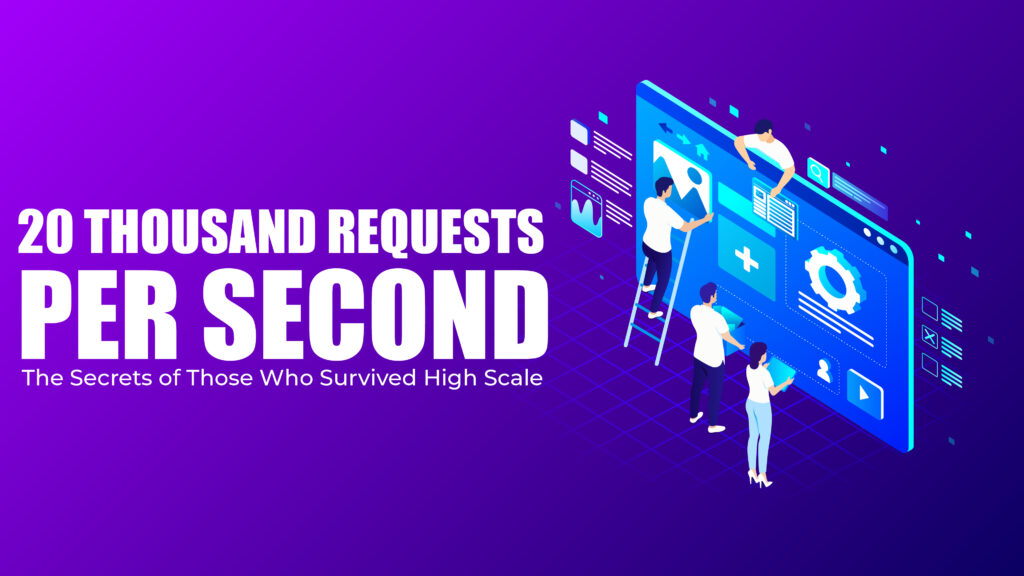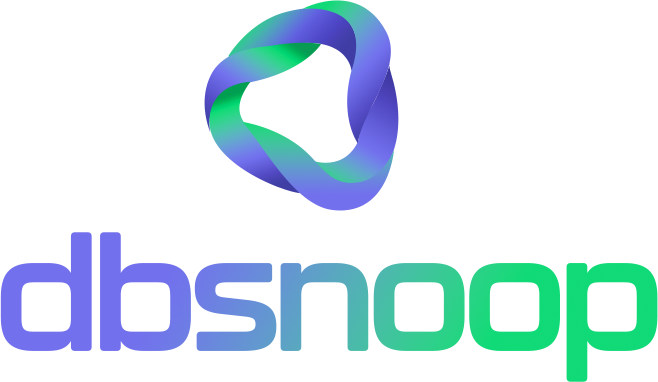

The Invisible Breaking Point
Every application’s dream is to grow. But when traffic spikes to tens of thousands of requests per second, what was once a reason to celebrate becomes a technical nightmare. Instabilities, slow queries, deadlocks, I/O bottlenecks, intermittent errors, and dashboards that don’t help. Now what?
For DBAs, DevOps, SREs, tech leads, and data engineers, high scalability is a challenge that takes a heavy toll on those unprepared. But companies that survived (and thrived) in these scenarios share something in common: deep observability and intelligent automation.
In this article, we’ll reveal the behind-the-scenes of operations that faced 20k+ requests per second and emerged stronger. With real examples, best practices, and how dbsnOOp Flightdeck enables this journey.
Signs Your Environment Isn’t Ready for High Scalability
Before thinking about performance, you need to identify if you are operating at the limit:
- Traffic spikes bring down the application
- Locks and deadlocks become frequent
- Query latency increases during peak usage
- The team spends more time putting out fires than innovating
- Performance reports lack sufficient data for decision-making
These symptoms indicate a lack of contextual visibility into how your database behaves under load.

What Changes When You Have Observability from the First Byte
- Real-time performance insights
Queries monitored live with outlier detection - Correlation between application, infrastructure, and database
- Dynamic dashboards by workload type
- Faster anomaly response
Alerts based on behavior, not just raw metrics - Historical analysis to understand failure patterns
- Automated RCA (Root Cause Analysis)
- Evidence-based optimization
Which queries consume the most resources
Which indexes make (or don’t make) sense
Which workloads can be redistributed or isolated
And of course, you can prepare a margin for scalability and operational growth.
Moreover, continuous observability allows detecting weak signals before they turn into systemic failures. Small latency variations, anomalous buffer use, or gradual increases in lock numbers may indicate behaviors that would worsen with increased load in high scalability scenarios. With dbsnOOp Flightdeck, these trends are highlighted early, enabling proactive fixes instead of emergency reactions.
How Some Companies Scale Efficiently (and Others Fail)
The Mistake: Scaling Infrastructure Without Scaling Visibility
More CPU, more RAM, more containers. And problems persist. Running high scalability infrastructure projects without understanding the origin of bottlenecks is a waste of resources.
The Right Approach: Implement Observability Before the Crisis
Companies that anticipate gain:
- Reduced MTTR
- Lower resource usage for the same load
- Ability to predict failures before impact
In a high-concurrency environment, where every second of downtime impacts revenue and reputation, the ability to respond before the problem scales became a competitive advantage. Companies mastering their metrics, understanding workload behavior, and making decisions based on reliable data lead the pack — especially in volatile or high-demand markets such as e-commerce, fintech, and SaaS platforms. Observability, in this context, stops being just technical and becomes the lever for a high scalability framework tailored to your applications and data operations.
Real Case: Environment with 22k RPS
An e-commerce company faced instability during campaigns. With dbsnOOp Flightdeck, they identified that 90% of bottlenecks came from 3 poorly planned queries. The fix brought:
- 40% reduction in CPU usage
- 60% drop in latency alerts
- Savings of over R$70,000/month in cloud costs

Why dbsnOOp Flightdeck Is Essential to Your Scalability Strategy
Flightdeck was built for environments that need to scale without losing control. You get:
- Full-stack database observability
- Automatic collection and correlation of metrics, logs, and traces
- Technology-specific dashboards (MySQL, PostgreSQL, Oracle, SQL Server, etc.)
- Support for air-gapped, cloud, or hybrid environments
- Intelligent alerts with context and history
- Tracking of sensitive data access and operations for security
Scalability Requires Visibility, Efficiency, and Proactivity
Surviving 20,000 requests per second isn’t just about brute force or robust infrastructure. It’s a strategic combination of well-planned architecture, prepared teams, and above all, deep and continuous visibility into what’s really happening with the database in real time.
If your team still acts reactively, putting out fires caused by recurring failures and invisible bottlenecks, it’s time to switch gears. High scalability exacts a high price on those who insist on operating in the dark. Conversely, companies betting on observability gain decision-making power, predictability, and competitive advantage.
Operational maturity in high-load scenarios translates into performance gains, resource savings, and peace of mind to innovate confidently. It’s not just about surviving peaks but scaling intelligently, securely, and efficiently. And that transformation starts with the right tool.
dbsnOOp Flightdeck delivers the visibility your team needs, combined with automation and context to act fast, precisely, and strategically. Whether in cloud, hybrid, or air-gapped environments, the platform ensures your data infrastructure stays one step ahead.
Want to solve this challenge smartly? Schedule a meeting with our specialist or watch a live demo!
Schedule a demo here.
Learn more about Flightdeck!
Learn about database monitoring with advanced tools here.
Visit our YouTube channel to learn about the platform and watch tutorials.


